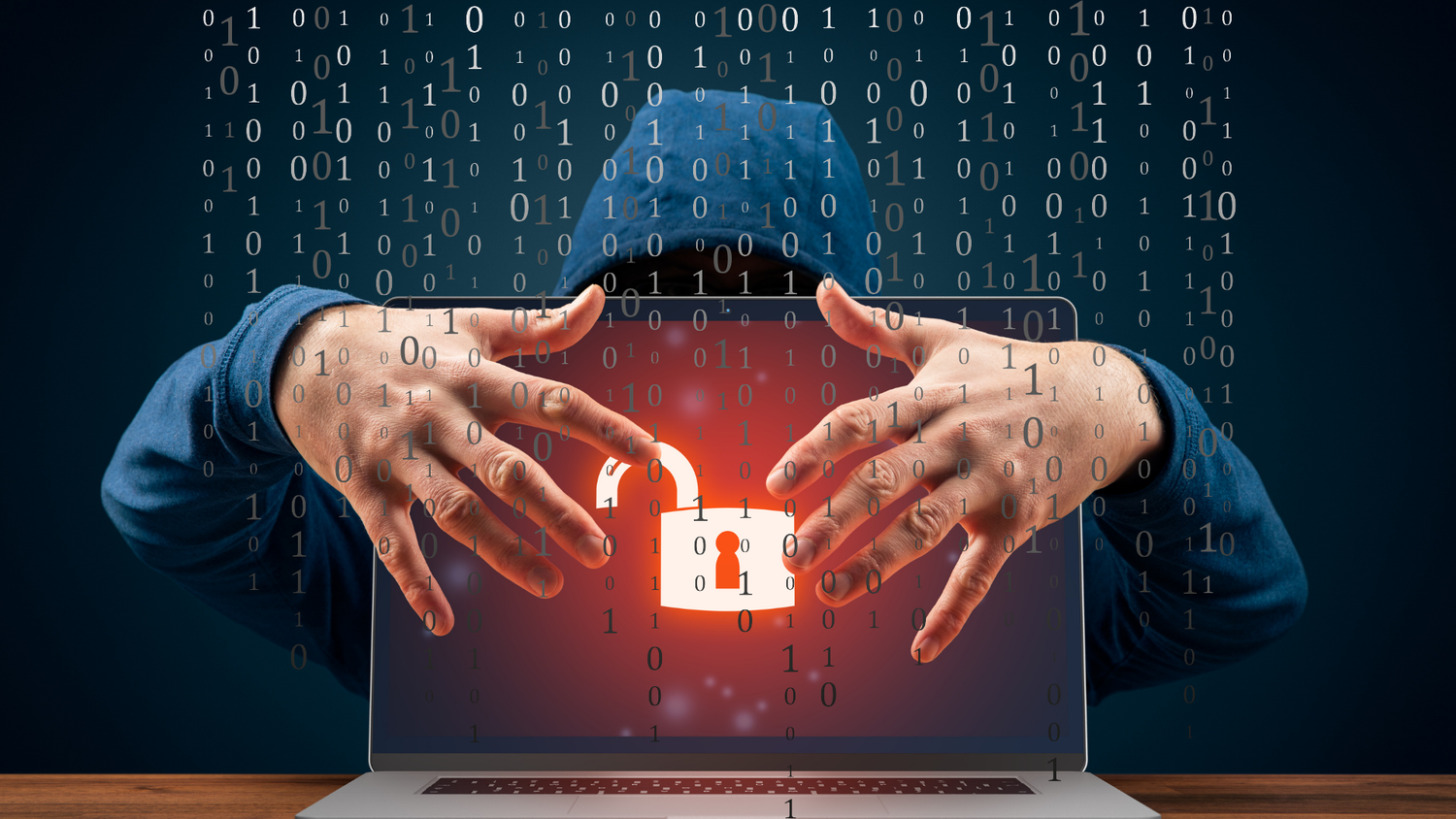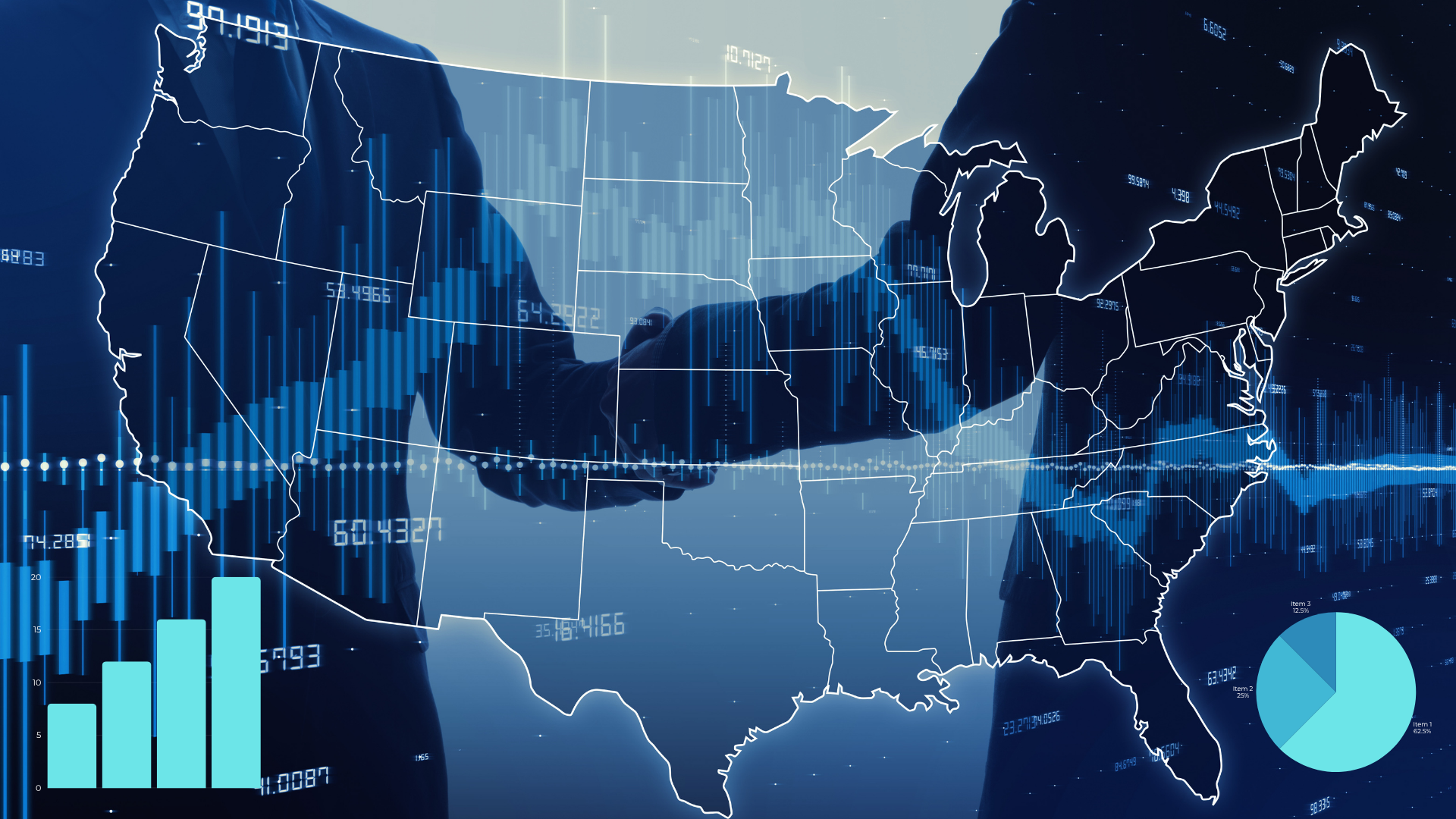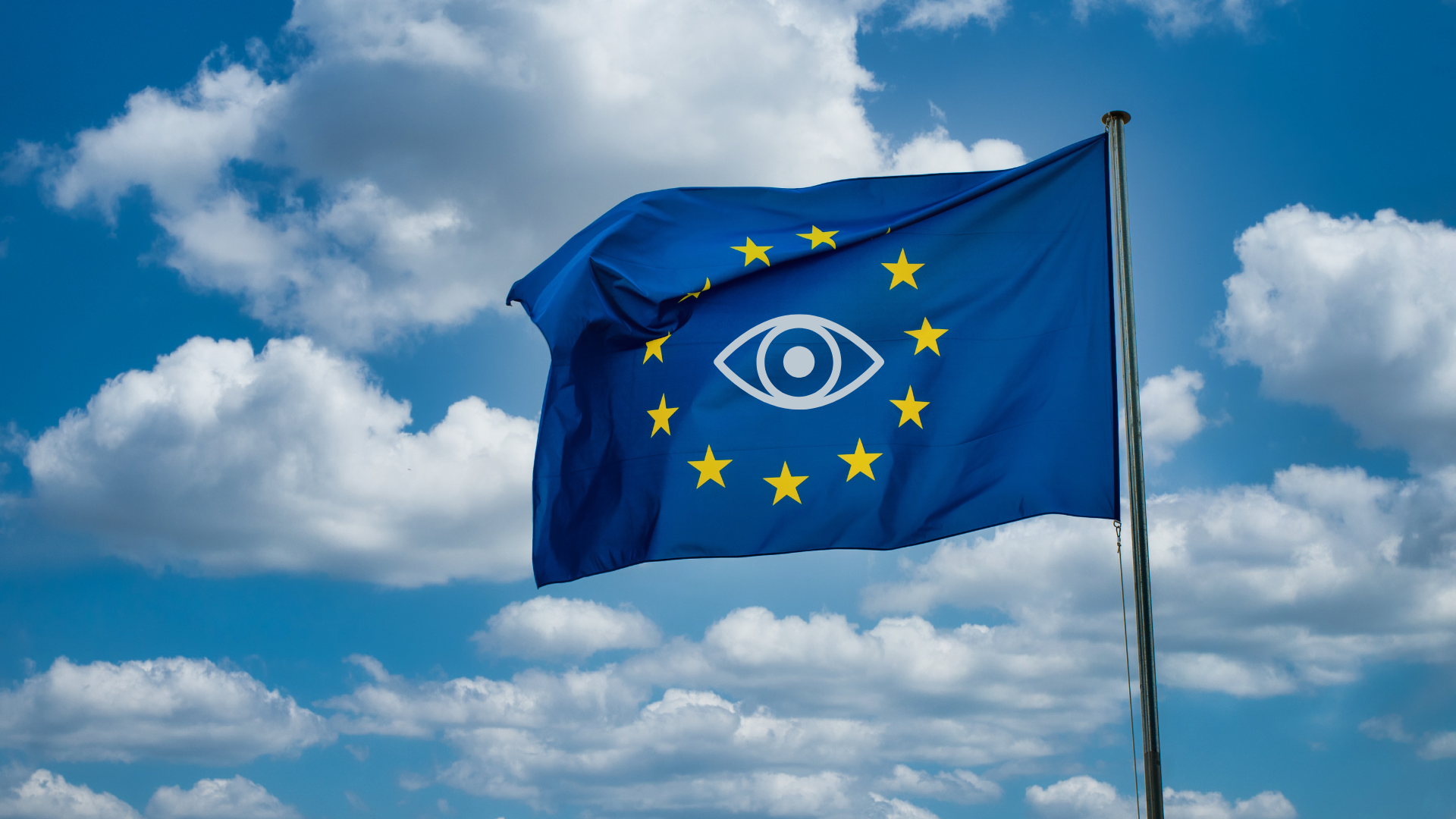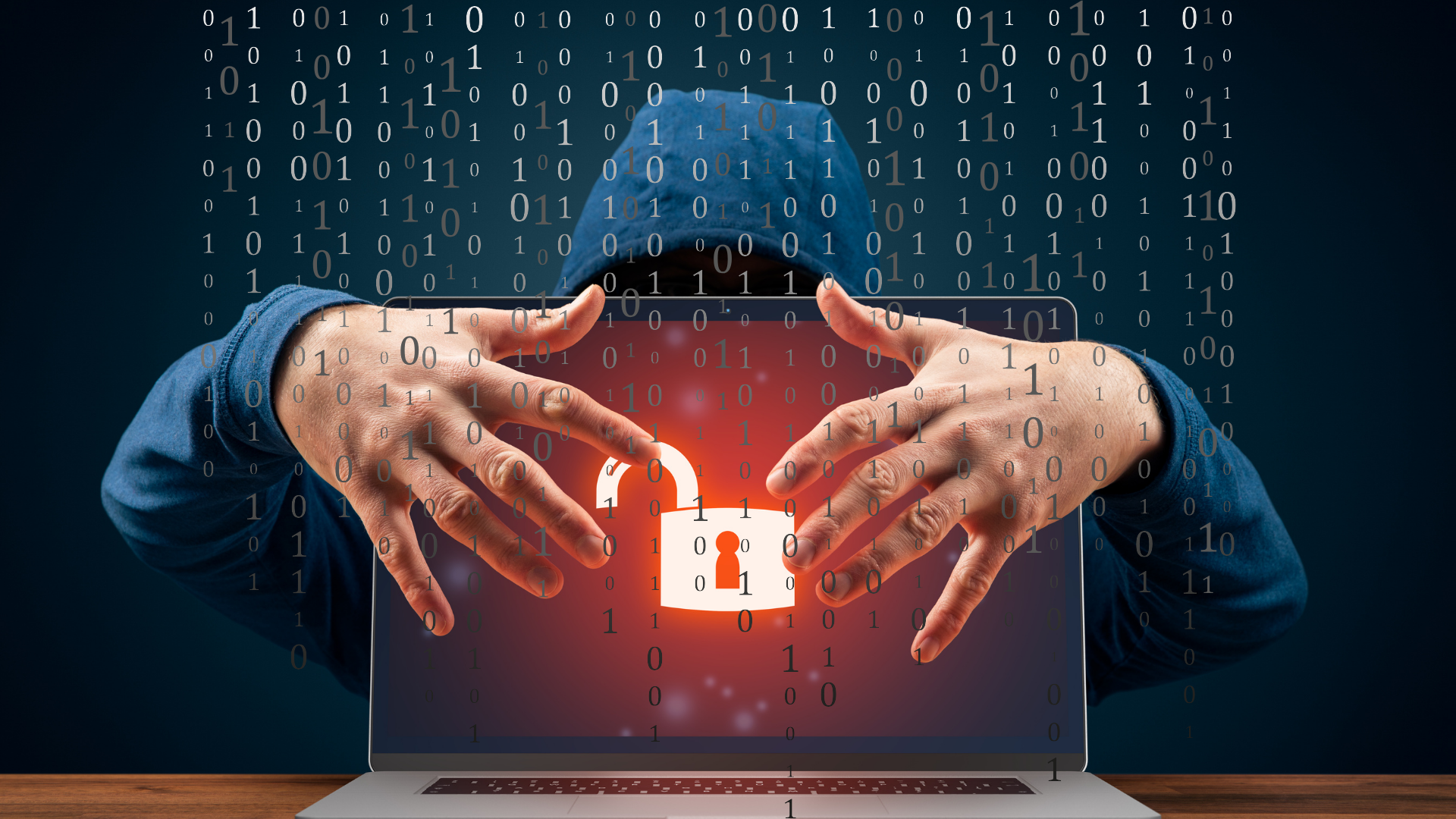A wave of attacks in 2025
In early 2025, healthcare software provider Episource, reported a significant data breach. Over 5.4 million individuals’ personal and medical records were exposed after a ransomware attack that took advantage of weak passwords and outdated security software. The incident highlighted that not only hospitals, but also supporting technology providers in healthcare, face substantial cybersecurity challenges.
Shortly after, global IT distributor Ingram Micro experienced a ransomware attack by the SafePay group. The event disrupted systems worldwide and resulted in the unauthorized transfer of more than 3.5 terabytes of company data.
Meanwhile, the “ToolShell” attacks during the summer exploited unknown vulnerabilities in Microsoft SharePoint. More than 400 systems were affected globally, with organizations in healthcare, education and logistics among those impacted.
Even the financial sector was affected. Iran’s Bank Sepah experienced major breaches in both March and June, with reports suggesting that over 42 million customer records were compromised. These incidents involved both digital intrusion and physical access. Taken together, these examples illustrate the range and complexity of cybersecurity incidents that organizations faced in 2025 across industries, technologies and attack methods.
What kind of cyberattacks are happening?
The methods behind these attacks vary, but they reflect a growing trend toward complex, layered threats. Here are the most common types of cybercrime businesses face in 2025:
-
Phishing
Fake emails or phone calls trick employees into giving up sensitive information, such as login credentials or account access. -
Ransomware attack
Hackers encrypt a company’s files and demand payment to unlock them. This continues to be one of the most damaging and expensive forms of attack. -
Social engineering
Manipulating people instead of machines, often by impersonating executives or vendors to bypass security protocols. -
Zero‑day and cloud exploits
Taking advantage of unknown or unpatched vulnerabilities, as seen in the SharePoint “ToolShell” attacks. -
Credential stuffing
Using previously leaked or reused passwords to access accounts. This method often succeeds when companies fail to use multi-factor authentication. -
Third‑party compromise
Attacking through vendors, service providers, or cloud tools that have access to your systems. This is how many large-scale breaches begin.
Why is this surge happening?
Cyberattacks are increasing in 2025 because the conditions have never been more favorable for hackers. Companies are more connected than ever, relying heavily on cloud tools, third-party platforms, and remote access. All of which expand their digital footprint and create more ways in.
At the same time, attackers have grown more professional. Groups behind ransomware campaigns now operate like structured businesses, often using automation and AI to scale their operations. They don’t need to break down a company’s main firewall, they can simply trick an employee, exploit an outdated plugin or use leaked credentials from another breach.
While the tools and tactics of attackers keep evolving, many businesses are still playing catch-up. Their security systems for business aren’t built for this fast-changing threat landscape, and that gap is exactly what today’s cybercriminals are exploiting.
How can businesses protect themselves?
While no system is 100% breach-proof, companies can significantly reduce their risk with the right tools and practices.
- It starts with investing in high-quality data security software that provides real-time threat detection, strong encryption, and secure backup systems. These tools offer some of the best ransomware protection available today. Multi-layered authentication, like two-factor or hardware-based keys, should be standard across all internal systems to defend against credential stuffing.
- Training is equally essential. Employees must learn how to recognize phishing emails, suspicious phone calls, and fake login portals. Teaching your team how you can prevent virus infections and data leaks is one of the simplest but most powerful defenses.
- Businesses should also regularly audit their third-party vendors and integrations to identify vulnerabilities that may exist beyond their own systems. Keeping cloud apps, platforms, and local software up to date can also help prevent data leak incidents by closing known security gaps before attackers can exploit them.
- Finally, every business should have a clear and tested incident response plan. Knowing what to do when a cyber attack hits, who to call, what systems to isolate, how to communicate, can make the difference between a small incident and a full-blown crisis.
Final thoughts
2025 has shown us just how widespread and relentless modern cyberattacks have become. From ransomware campaigns and phishing scams to zero-day exploits and social engineering, hackers are adapting quickly and in many cases, outpacing the defenses meant to stop them.
But the battle isn’t lost. By proactively investing in security systems for business, training your people, securing third-party access, and choosing the right data security software, companies can build the resilience needed to face what’s ahead. The risk is real. The stakes are high. But with the right strategy, the damage can be prevented or at the very least, contained.
At our company, we believe privacy and proactive protection should be the foundation of every business. Visit our website to discover how our products can help safeguard your organization against today’s evolving cyber threats.










